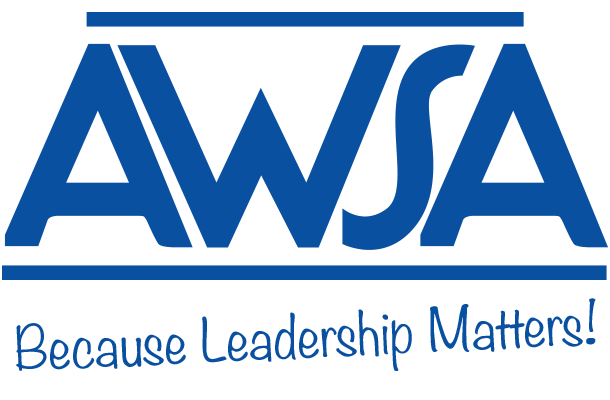Assessing for Impact: GPS for Your Leadership ActionsBy Joe Schroeder, Ph.D., Associate Executive Director, AWSA School administrators are action-orientated by design. This makes great sense because there are so many decisions and responsibilities that require one’s attention! But while rampant activity is a given in the role, progress based on that activity can be highly variable and often elusive. Therefore, any leader serious about impact will want to think about how to assess for it upfront as a sort of GPS for the leadership journey ahead. Through early identification of how impact will be determined, a thoughtful administrator can gain (A) both guidance for the next steps of the ongoing improvement process and (B) assurance that there will be a significant return on the investment of time, energy, and resources that should be part of any action-orientation. In our work with school leaders and school improvement teams across the state, we have been finding great assistance in such efforts through the work of Tom Guskey, particularly in his framework for “Five Levels of Assessing Impact.” As one can see from the figure above, there is a predictable sequence generally in play as an instructional approach is introduced into a school over time. For example, upon initial presentation of a new teaching practice in a faculty meeting or professional development session, a leader might look for signs of immediate teacher reaction to the approach (Level 1 impact), which could be gathered perhaps from the responses of a survey or exit slip question such as this: “What I learned today can be immediately applied in my classroom.” As the leader sustains focus on this faculty practice over time, one can then expect to begin observing signs that teacher learning in this approach is growing (Level 2 impact) so that there is increasing confidence across the faculty to begin employing these new practices into regular classroom instruction. Of course, to avoid the all-too-common knowing-doing gap (i.e., where people know more effective approaches than they regularly integrate into their daily, go-to routines), the thoughtful school leader will want to ensure that organizational support and change (Level 3 impact) is occurring in proportion to ongoing teacher learning and skill growth in this practice through such things as focused supervisory feedback, aligned coaching support, and regular time for application of learning, professional dialogue, and reflection. In this way, teachers have the opportunity to deepen their use of new knowledge and skills (Level 4 impact) in ways that ultimately become regular and robust teaching behaviors over time, behaviors that they then naturally employ with great fidelity with their students so that desirable student learning outcomes (Level 5 impact) are achieved. As just described, Guskey’s Five Levels of Assessing Impact can provide school leaders a Change Process GPS for monitoring and supporting the shifts in adult practices that are needed for significant impact on student learning and wellbeing to occur. While we all would want to see immediate changes in robust teacher knowledge and use of a new practice (Level 4 impact) and student learning outcomes (Level 5), we must recognize that such changes are lagging indicators that will take time and ongoing support to achieve. But in the meantime, the thoughtful school leader can be identifying and gathering leading indicators (Level 1 impact right away, Levels 2 and 3 impact after initial implementation) that can lead him/her to the conclusion that this new teaching practice is on a fruitful path – or not – so that ongoing wise leadership action can occur throughout phases of the change process. Tools such as this one for assessing impact are regular supports we dive much further into for those who participate in offerings such as our BEL Academy. So if you are interested in expanding and deepening your learning leader toolbox, consider taking a deeper look into what BEL participation in 2021-22 could do for you and your school. Either way, please reach out with any questions, and may your most important improvement actions henceforth and always be guided by clear milestones of ongoing progress.
Reference Guskey, T.R. (2000). Evaluating professional development. Thousand Oaks, CA: Corwin.
|
